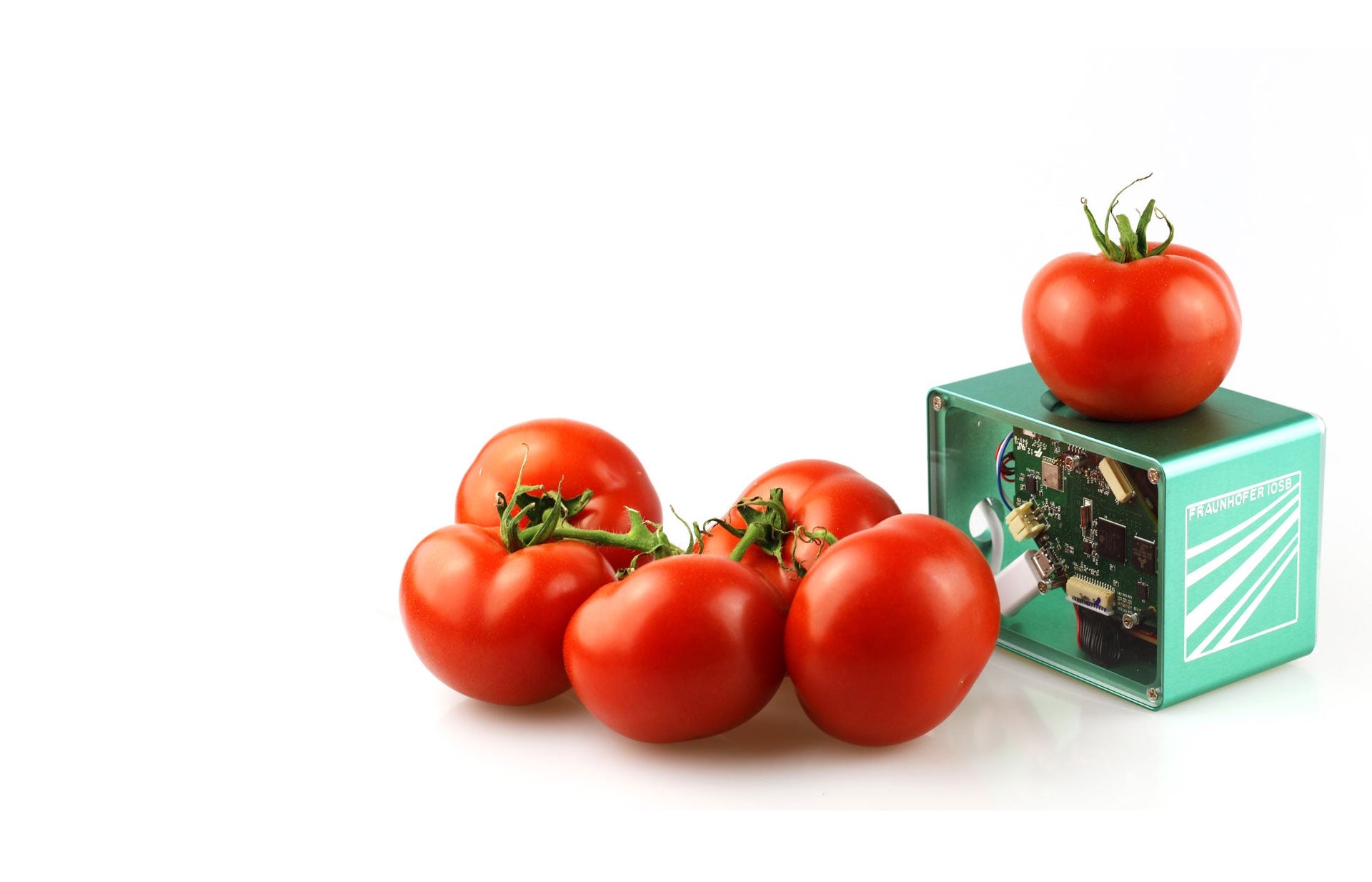
A mobile food scanner that determines whether fresh products are still safe to eat is set to become a common sight in the kitchens of the future due to its ability to combat food waste.
Developed by a team led by the German research organisation Fraunhofer on behalf of the Bavarian Ministry of Food, Agriculture and Forestry, the mobile food scanner uses infrared measurements to determine the safety of fresh food and display the results in a connected app.

Access deeper industry intelligence
Experience unmatched clarity with a single platform that combines unique data, AI, and human expertise.
Small enough to fit in a pocket, the scanner is designed to combat the severe and growing problem of food waste.
The growing food waste problem
In August the Boston Consulting Group warned that by 2030 food waste would grow the 2.1bn tonnes worldwide. A present, according the United Nations Food and Agriculture Organization, food waste and loss is responsible for 8% of global greenhouse gas emissions.
Much of food waste is due to products being discarded prematurely, either because they have developed blemishes, such as is often the case with fruit and vegetables, or because they are past their best-before date. As consumers have no way to ensure such produce is safe to eat, they can often opt to be over-cautious, leading to needless waste.
It is hoped that this mobile food scanner, which has been successfully demonstrated and will be trialled in supermarkets later this year, will help combat this issue.

US Tariffs are shifting - will you react or anticipate?
Don’t let policy changes catch you off guard. Stay proactive with real-time data and expert analysis.
By GlobalDataHow the mobile food scanner works
The food scanner can determine the ripeness of food due to its near-infrared (NIR) sensor.
“Infrared light is beamed with high precision at the product to be investigated and then the scanner measures the spectrum of the reflected light. The absorbed wavelengths allow us to make inferences about the chemical composition of the food,” explained Dr Robin Gruna, project manager and scientist at Fraunhofer Institute for Optronics, System Technologies and Image Exploitation (IOSB).
This technology has been available for some time, but integrating it into a small consumer device has only become possible relatively recently.
“In the laboratory, we’ve long been able to quantify individual components using near-infrared spectroscopy. What’s new is that this can now be done with small, low-cost sensors,” said Julius Krause, a member of Gruna’s team.
Key to the technology is the use of AI, which converts the sensor’s readings into reliable inferences about the safety of the food in question, which have been found to match complex lab-based methods of assessing food.
“Through machine learning, we can increase the recognition potential. In our tests, we studied tomatoes and ground beef,” said Gruna.
“For example, we used statistical techniques to correlate the measured NIR spectra of ground beef with the rate of microbial spoilage and derived the remaining shelf life of the meat from the results.”
At present the device can only determine the ripeness of products with a single ingredient, making it unreliable for use on pre-prepared food. However, the researchers are now working on expanding the technology to work across multi-ingredient foods.
Combatting counterfeit food
While the primary focus is food waste, with the supporting app including tips on how best to use to scanned foods before they go off, the technology also has potential to determine counterfeit food in the supply chain.
“Foodstuffs are often counterfeited – for example, salmon trout is sold as salmon,” said Krause.
“Once suitably trained, our device can determine the authenticity of a product. It can also identify whether products such as olive oil have been adulterated.”
This means that while consumers will undoubtedly benefit, the technology also has significant potential for supermarkets and other parts of the food industry.
“The range of potential applications is very wide; the device just needs to be trained accordingly,” said Gruna.







